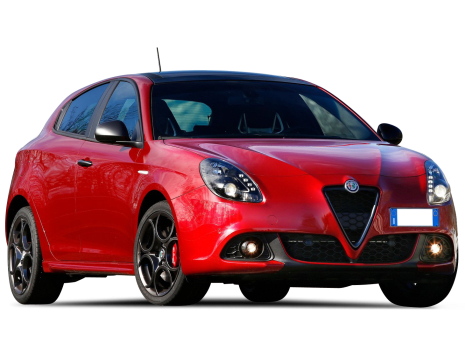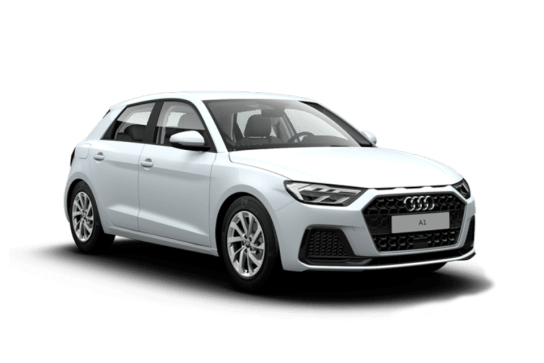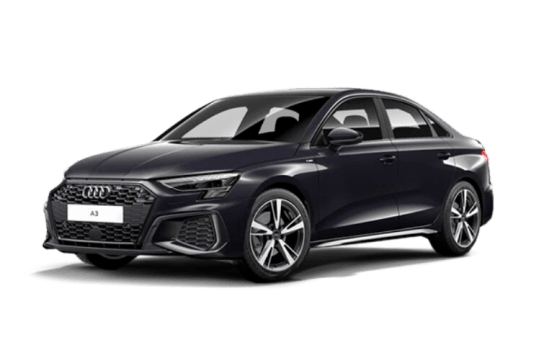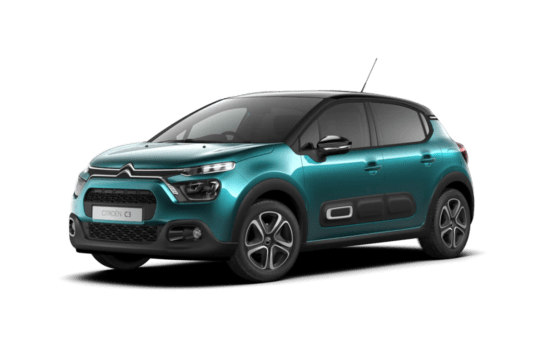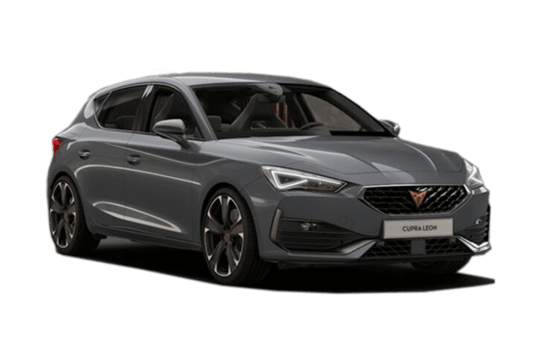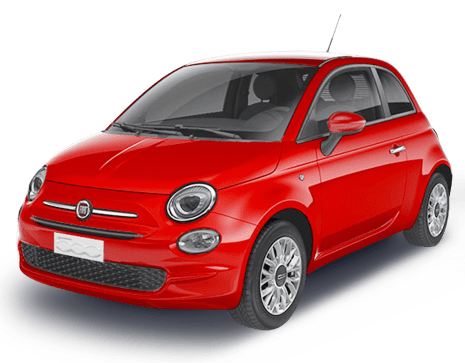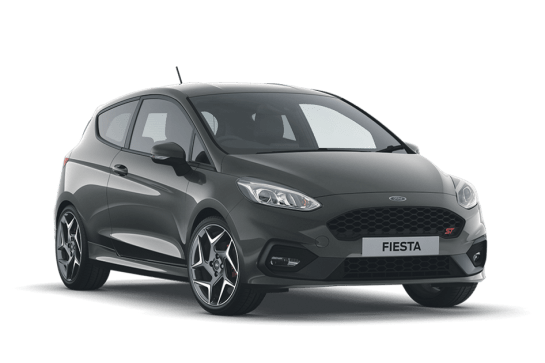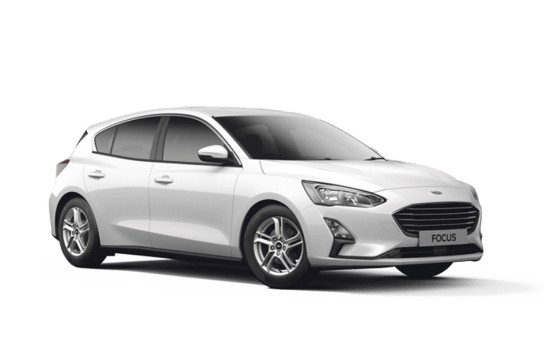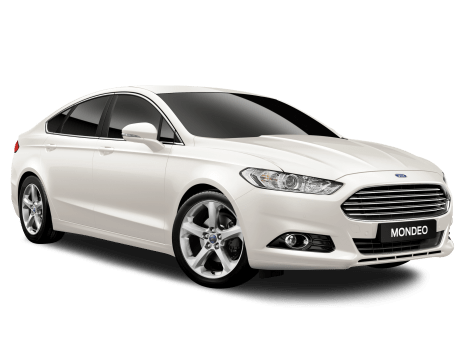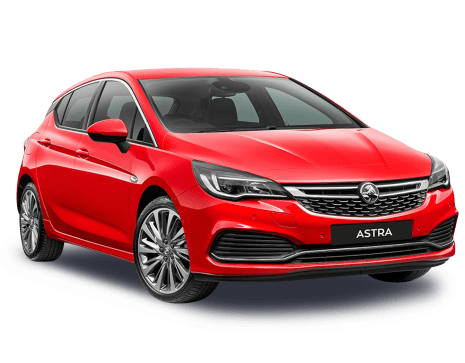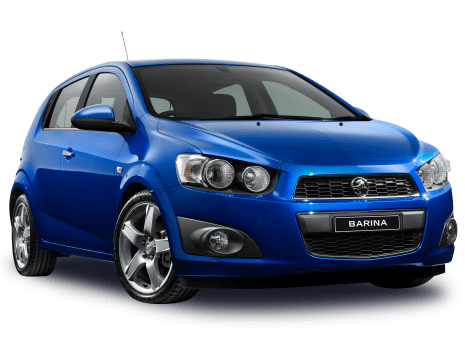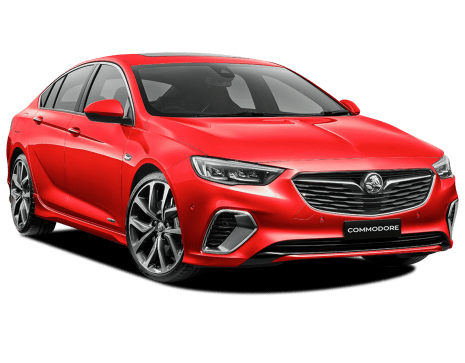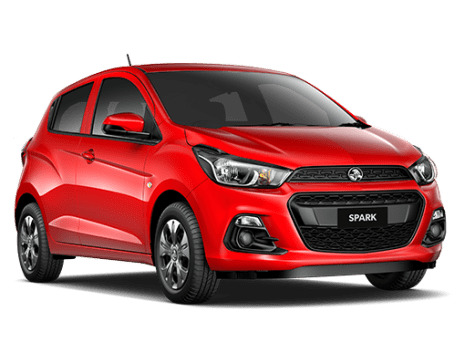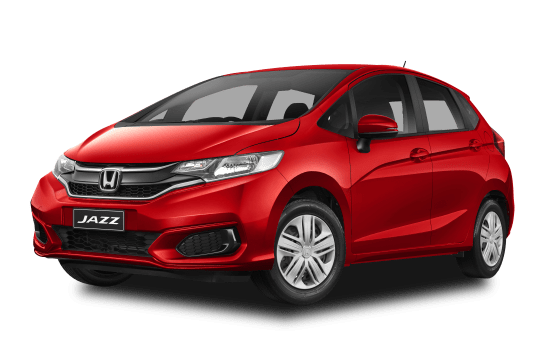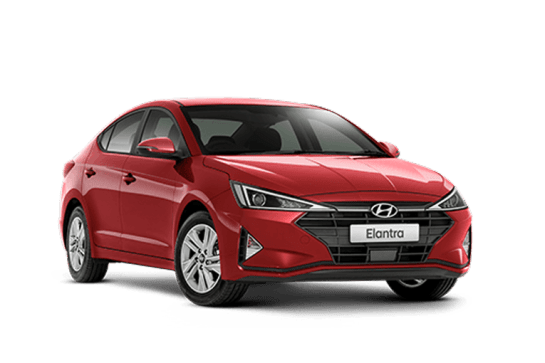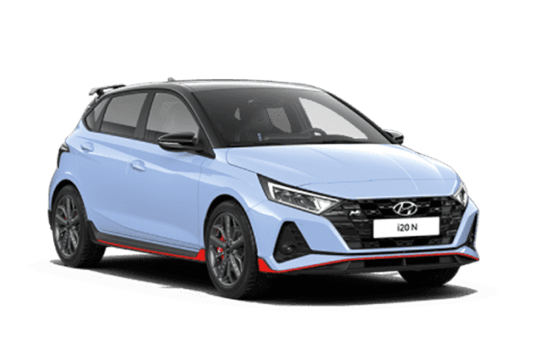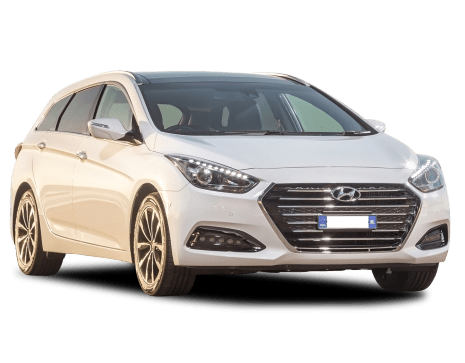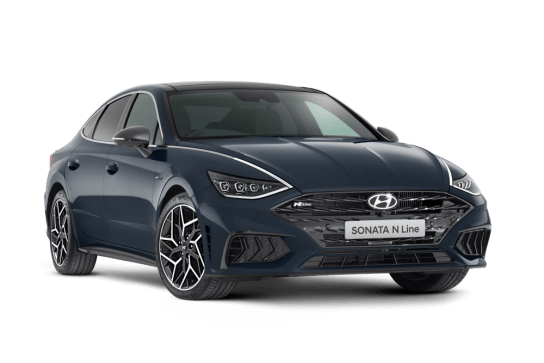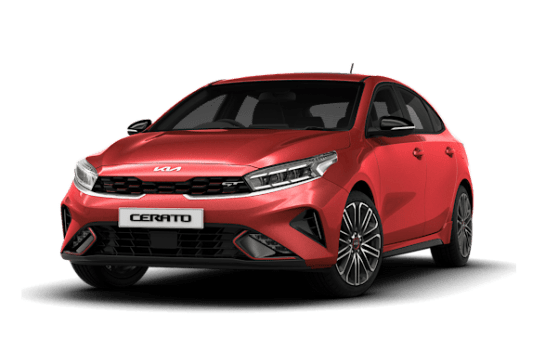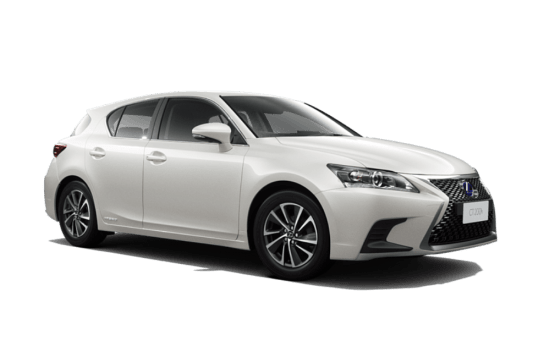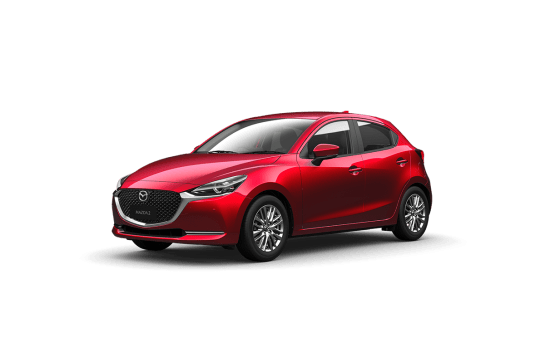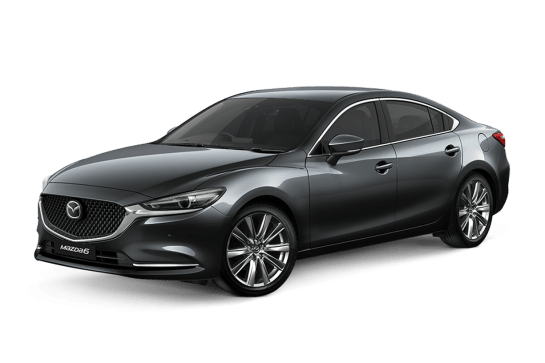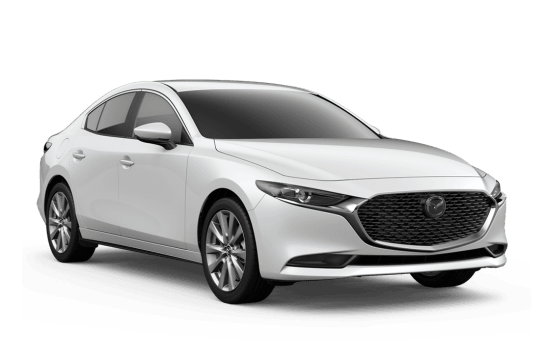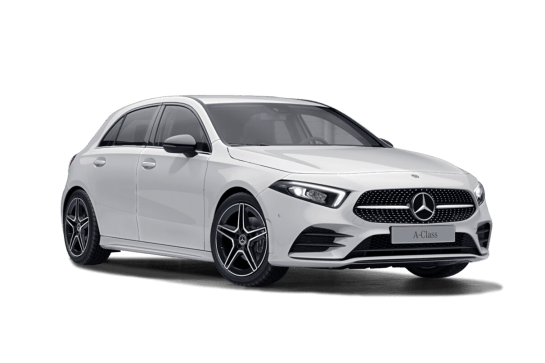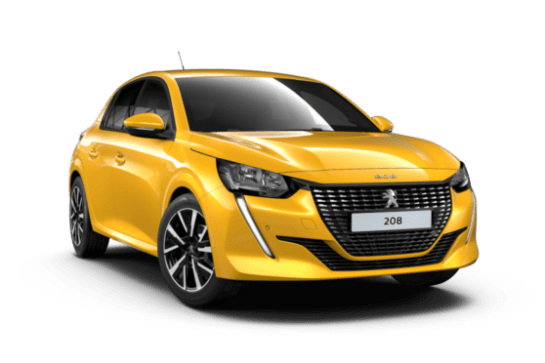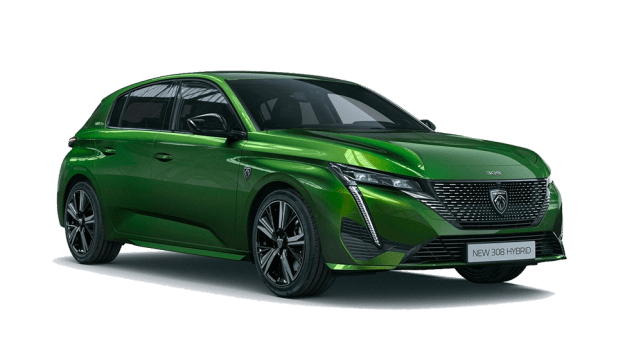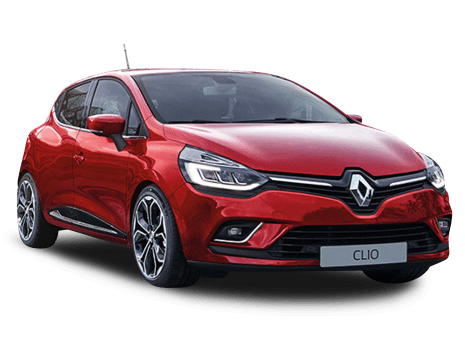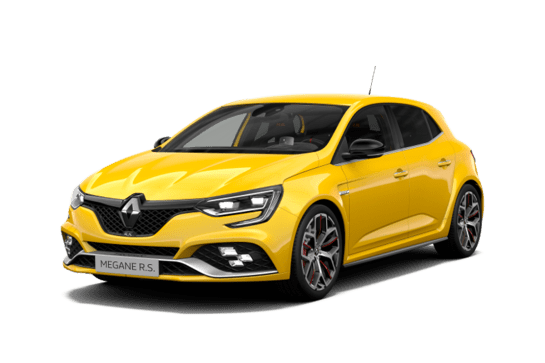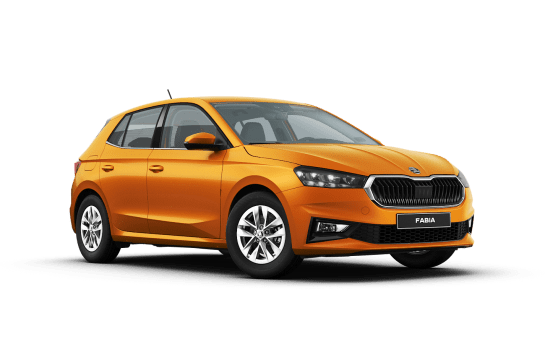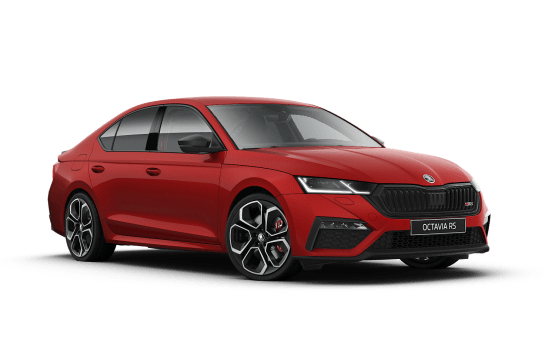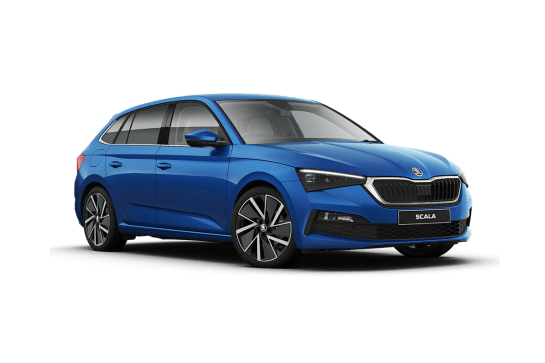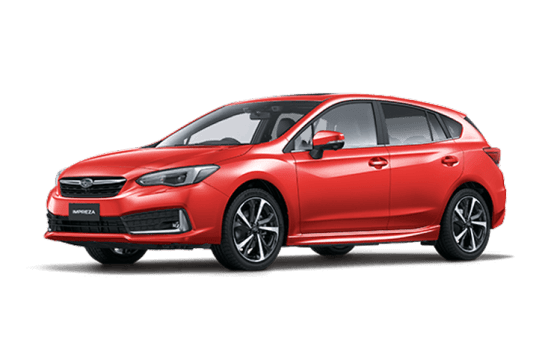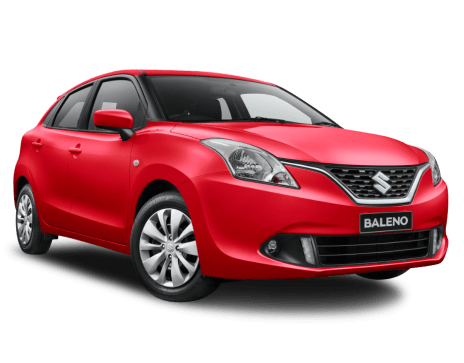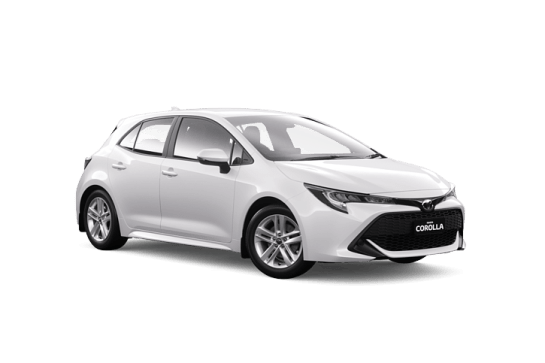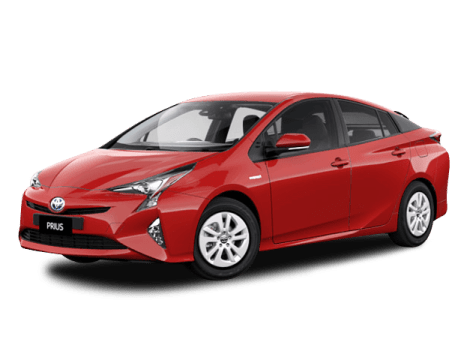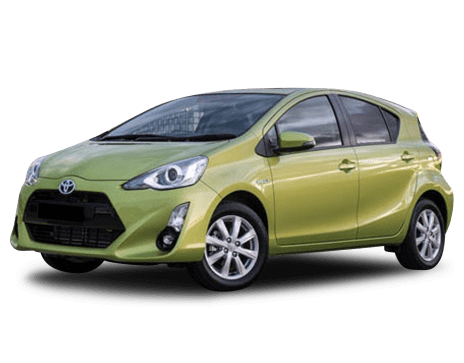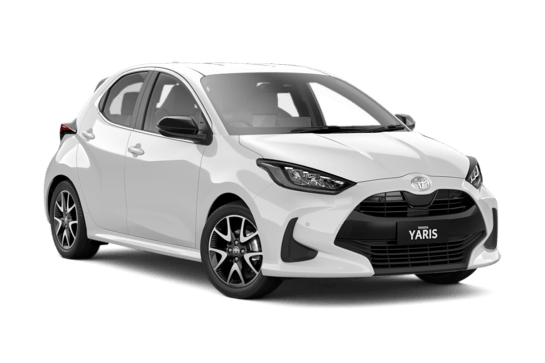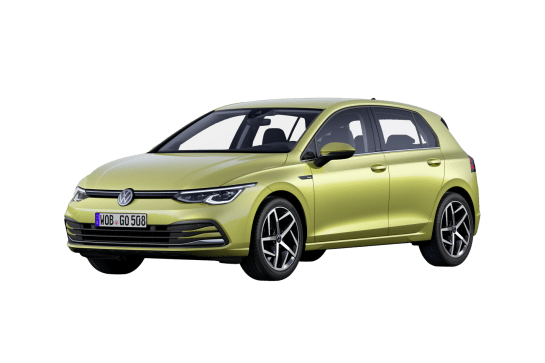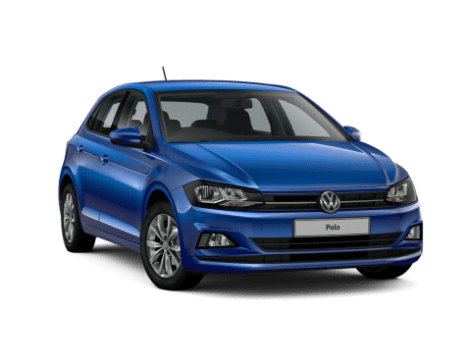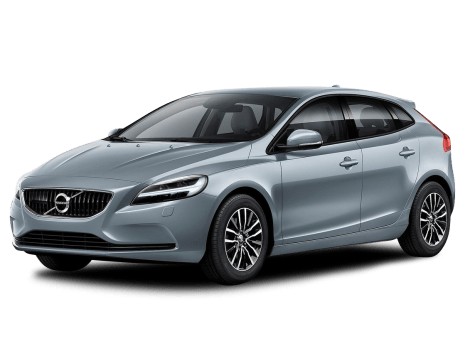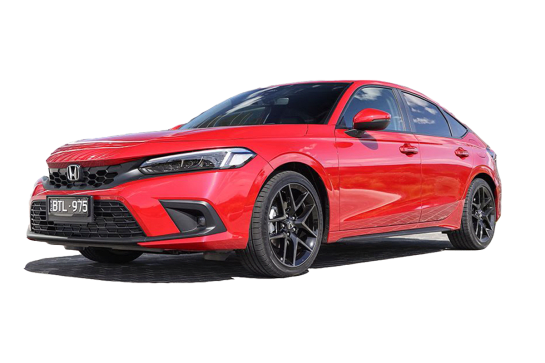
Honda Civic VS Ford Fiesta
Honda Civic
Likes
- Great interior
- Lovely chassis
- Excellent engine
Dislikes
- Missing some safety gear
- Tight access to boot space
- Old media software
Ford Fiesta
Likes
- A true hot hatch
- Forgiving but engaging to drive
- Highly specified
Dislikes
- Tight back seat
- Firm ride might not be for all
- Manual-only will limit appeal
Summary
Honda Civic
The Honda Civic's 10th generation is drawing to an end. Well, I say that, but there's still a pretty solid chance that the 11th generation won't quite be here this time next year.
I make the point because we've already seen a "prototype" for series 11 of the Honda Civic Story, but also because we won't actually get the car we've seen – the sedan. Just 20 per cent of Civic sales go to the booted version and then you have to merge that data with the rise of SUVs, both with Honda buyers and the market at large.
Things is, I think the sedan is the better of two for a variety of reasons which I will explain below. I also think the Civic, despite its advancing "age" (four years isn't really that long in the current climate) is still a fairly sensible choice among its peers, which include some serious competition.
| Safety rating | |
|---|---|
| Engine Type | 1.5L turbo |
| Fuel Type | Regular Unleaded Petrol |
| Fuel Efficiency | 6L/100km |
| Seating | 5 seats |
Ford Fiesta
Hot hatches are for a relatively small club of enthusiasts, and new small cars are gradually being eliminated from the greater Australian market.
Surely, it makes little to no business sense to bring an Australian audience a small, manual-only hot hatch all the way from Europe, to sell to a pitifully small audience of diehard enthusiasts.
But then, perhaps this is part of Ford’s enduring genius in Australia. You see, while long-time Australian arch-rival Holden stumbled over its ill-fated Commodore sequels and flip-flopped on its SUV catalog, chasing sales numbers in a post-local manufacturing world, Ford let the cars speak for themselves by offering Aussies brightly coloured pony cars and over-the-top pickup trucks which instantly etch themselves on your consciousness as they rumble past.
Because it’s not just sales numbers which make a brand in the long run. There’s an art to offering fun, aspirational models, too. Look at Suzuki’s Jimny 4x4 and Swift Sport as other examples.
So, here we are. Ford made the surprise announcement to bring in its Fiesta ST hot hatch a few years ago, and despite a few delays we can now get our hands on it.
The question remains – is it any good? And, what is it like to live with in an Australian capital city? We took one for a week-long urban test to find out.
| Safety rating | |
|---|---|
| Engine Type | 1.5L turbo |
| Fuel Type | Premium Unleaded Petrol |
| Fuel Efficiency | 6.3L/100km |
| Seating | 5 seats |
Verdict
Honda Civic7.3/10
As a car to drive, the Honda Civic feels great. It had a good start, but the later addition of the turbo 1.5 and the continuous honing of the chassis, steering and driveline – an endearing, unheralded trait that Mazda and Honda do so well – has taken what was a solid car and turned it into one I'd genuinely consider owning, even in this wild orange colour.
What it doesn't have is a full suite of safety systems, which is a real shame, because its main rivals do. Some of us are happy to forego things such as reverse cross-traffic alert and some are not. If you can, the Civic sedan should be in the reckoning. And the clock is ticking.
Ford Fiesta7.8/10
If you want a brand-new city-sized hot hatch which is also entirely track-ready, it is clear you only really have one option to go with in 2020.
Good thing then the Fiesta ST is not only a blast to drive, but it has all of today’s modern connectivity and tech items in an attractive and tasteful package at a not-outrageous price.
It’s just too bad the manual-only aspect will limit its appeal to true enthusiasts.
Design
Honda Civic
Making fun of the Civic's over-supply of angles and lines is really very easy, so for once I'll refrain. Partly because the sedan is better than the hatch in this respect and also because – somehow – I have become quite fond of its wacky face. The sedan's profile is also more flowing and, with all the RS piano black and extra aggro (which ironically means yet more lines and angles), it sat much more happily in my camera lens than before. I wonder if the Civic's controversial looks have aged well in the same way Chris Bangle BMWs have? Because we're all suddenly pretty fond of those now, aren't we?
My changed opinion is bound to infuriate Honda's designers who have cleaned up the Civic for its next version. At this point I should mention that the sedan is on its last legs here in Australia – we won't be getting the next one.
The interior is as good-looking as it is practical. I still don't like the angles of the gauges in the left and right sections of the dash, but the central digital dash section is really good and easy on the eye. The RS picks up some subtle features like the strip of chequered flag fabric on the seats. It's a nice, clean look and I like the use of metallic materials on the climate controls and the stereo. It's a very calm interior, quite a contrast to the exterior.
Ford Fiesta
The Fiesta wears Ford Europe’s new design language, which has swung back towards curves and bumps from the angular look of a few years ago, being tied to the brand’s broader global range through the use of the Mustang-look rhomboid grille. After the Focus it’s the first car to bring this design language to our market, and heralds a better-looking range of Ford SUVs in the form of the Puma and Escape (a segment in which Ford is struggling to make ground).
Regardless, our Fiesta only comes in one four-door body-style and one trim, this full-fat ST with all the spoilers and contrast detailing.
I love it. It scratches that European hot-hatch itch many have with its compact dimensions balanced out well with more subtle design touches. The 18-inch wheels and contrast grey highlights work well in the ‘Race Red’ colour scheme on our car, which also seems to nicely integrate the rear light fittings.
It’s aggressive but not over the top; there’s an element of subtlety about it, which should be applauded.
Inside, things are interesting. The chunky leatherbound wheel is nice, as are the almost-too-well-bolstered Recaro seats. But the dash is very upright, and the seating position immediately feels just a smidge too high, even in its lowest configuration.
The 8.0-inch touchscreen juts out of the dash into the passenger compartment, making you really feel those tight dimensions. At least everything is easily within reach…
The cabin design is a little dated, with plenty of hard plastics, a more-analog-than-not dashboard and some fittings which could easily be in a last-generation Ford product. Those searching for that hot-hatch experience probably won’t care, but it’s just not the most modern space to be in.
Practicality
Honda Civic
The Civic's cabin is swimming in space and and filled with comfortable seats and lots of storage.
The back seat is super-spacious as it has been forever. Having driven the i30 Sedan last week, I'm having difficulty splitting the two for legroom and lounging space. Where the Civic loses out – and it's close – is in rear headroom.
There are four cupholders and bottle holders and a massive central bin between the front seats, big enough to conceal the massive new PlayStation 5 (okay, maybe not that big, but it it certainly looks big enough).
The boot holds a gigantic-for-a-small sedan 519 litres with the seats in place. Honda doesn't supply a total figure with the seats down, but it will be a lot. The opening for the bootlid is a little tight, so don't get too excited at Ikea.
Ford Fiesta
This isn’t a big car, nor is it particularly magical in the way it’s packaged. It’s focused on the front two passengers, so is best meant for a single or couple. This is most obviously reflected in the awesome Recaro seats, which you have to drop yourself into due to the high and firm bolstering.
Still, even for front passengers it’s tight, with little arm-flailing room, and minimal cabin storage.
There’s two centre cupholders, which can barely hold a large cappuccino, tiny bottle-holders in the doors, a small centre console box, but a decently sized binnacle under the climate controls where my wallet, keys and phone spent most of the week. The glovebox is also so small that the collection of manuals which live in there had to be bent out of shape to fit.
Amenity-wise you get one USB port and one 12V power outlet next to the gearknob, and one USB port in the centre console.
The Fiesta is tall, so at least no occupant is left wanting for headroom. That having been said, the rear seats are tight. Behind my own seating position, my 182cm tall frame had knees up against the seat in front, and entry/egress to the rear is a little tight. I’d hardly recommend placing an adult in the centre seat. Unsurprisingly, rear-seat passengers get next to no amenities. There are no power outlets or adjustable vents, leaving them with only a pair of pitifully small cupholders in the doors and rear-seat pockets. Still, the fact it has rear doors at all is something, and gives it at least the ability to carry four adults without too much trouble getting them in or out for quick urban journeys.
Boot space has been expanded 21 litres over the previous Fiesta to now offer 311 litres (VDA) of space. This is actually pretty impressive and held our largest 124L CarsGuide travel case with ease.
Under the floor there is a space-saver spare wheel.
Price and features
Honda Civic
The Civic RS price has slowly crept north, along with the prices of its mostly Korean rivals, now at $34,090. It's a fair bit more than the Ford Focus ST-Line, but you can't get a sedan version of that and infuriatingly neither can you get the wagon.
The RS has 18-inch alloys, a 10-speaker stereo, faux leather seats (nothing wrong with that), auto LED headlights and DRLs, dual-zone climate control, reversing camera, front and rear parking sensors, keyless entry and start, electric driver's seat, auto headlights and wipers and a space-saver spare.
The 7.0-inch matte-finished touchscreen runs Honda's homage-to-the-80s software package that is bolstered by the presence of Apple CarPlay and Android Auto. It also has DAB, which is a nice touch, but it is missing built-in sat nav, which most of its rivals have.
Ford Fiesta
I wouldn’t call the Fiesta’s $31,990 price-tag ‘cheap’ considering how much car, physically, you actually get for that money.
But then, for a pretty much track-ready hot hatch, it’s not bad either, especially since it is packed with a rather long and surprisingly luxurious list of inclusions.
These include 18-inch alloys, an 8.0-inch multimedia touchscreen with Apple CarPlay, Android Auto, sat-nav and digital radio, a 10-speaker Bang and Olufsen audio system, 4.2-inch colour information screen between the dial clusters, single-zone climate control, leather steering wheel and semi-leather/suede Recaro sport seats, heated front seats, a reversing camera, and full LED front lighting.
Performance-wise, out of the box the ST gets Michelin Pilot Super Sport tyres, launch control with three drive modes, and is the first Fiesta to get a mechanical limited-slip differential (built by Quaife).
Rivals? The Fiesta comes at an opportune time, after Peugeot’s ageing but excellent 208 GTi was pulled from our market last year, and the Clio RS Cup ending production internationally, so you’ll be stuck looking for MY18s of those in dealers.
Other than those two, there is the Suzuki Swift Sport, which is fun and more affordable ($25,490), but not as much of a serious performer.
The Fiesta’s option list is limited to a panoramic opening sunroof ($2500) and premium paints ($650). Both are arguably worth it if you want them.
Under the bonnet
Honda Civic
The 1.5-litre four-cylinder has a light pressure turbo bolted in to produce 127kW at 5500rpm and 220Nm between 1700-5500rpm. Those numbers are 23kW and 46Nm up on the 1.8-litre, which goes without the turbo.
You can let the continuously variable transmission (CVT) look after the turning of the front wheels or if you're feeling sporty – not an unreasonable expectation if you've picked the RS – you can use the paddle shifters which tell the computer to put some fake gears into the box for you to shift up and down.
Ford Fiesta
You’re buying this car for its 1.5-litre three-cylinder turbo engine from the larger Focus. It is a punchy and characterful little unit, pushing out a whopping 147kW/290Nm. A lot for such a small package.
The Fiesta ST is only offered with a six-speed manual transmission which proved quick but forgiving, even in dense traffic. There’s no magnetic clutch or anything too brutal here which is going to make the ST unpleasant for urban drives punctuated by stopping and starting.
On the performance front the ST comes to Australia with a Quaife LSD as standard, which you can really feel in the corners. (More on that in the driving segment.)
Efficiency
Honda Civic
Honda's official testing suggets a combined cycle figure of 6.3L/100km which is lower than the 1.8-litre, a nice bonus when you have all that extra power to play with. My week with the Civic was mostly suburb-bound and I scored a respectable (indicated) 8.2L/100km.
Ford Fiesta
The initial claim of 6.4L/100km on the combined cycle seems pretty bold, and we couldn’t get close to it. I’m sure you could get much closer if you tried, but I was having far too much fun.
After a week of blasting the Fiesta down alleyways and skitting it around corners, the engine computer returned a usage of 8.4L/100km. Not on the claim, sure, but also not bad considering how much fun you can have for that amount of fuel.
The Fiesta has a 45-litre fuel tank and will accept mid-grade 95RON unleaded.
Driving
Honda Civic
This iteration of the Civic has been with us for a while now. I wasn't absolutely sure about it when I first drove it – that was partly down to the less-than-stellar 1.8 and an at-times doughy CVT.
Over the years I've been very lucky to drop my posterior into two, three or even four Civics per year. During that time I have noted some subtle changes, such as the CVT's more attentive nature and the progressive improvement of the ride on particularly bumpy surfaces, such as Sydney's concreted arterial roads.
The RS itself is no different mechanically to the other 1.5-litre turbo-engined cars in the range (it's an entire engine's worth of power short of the madcap Type R) but over the years, that has meant good things. I've always liked the low-set driving position, it's lower than many hot hatches. You sit in and down in the Civic and it feels quite sporty.
Turn the wheel and it's all very positive, with a very pleasant ride and handling balance. The CVT is still a CVT but, especially in the turbo, it has more grab off the line and doesn't indulge in flaring as you'd find in a Subaru, turbo or not. It's actually fun to drive, especially if you draft in the paddles to do some work.
But it's also a car you need never provoke to enjoy driving. The comfortable ride and secure handling make it the kind of car anyone can like. The steering wheel is just right, the controls all feel really nice to use and touch. There's nothing particularly flashy about the Civic apart from its looks, but it's such a comfortable car with a super-solid feel to its engineering.
The main advantage of the turbo engine is that it doesn't have to work as hard as the 1.8 to keep the Civic moving. The extra torque is always there and makes it a much more relaxed car around town than the 1.8-powered Civics, while giving you the extra grunt to push out into traffic, or pull off a tricky overtake.
Ford Fiesta
Like any good hot hatch, the Fiesta is huge fun, even when in the tight quarters of a city, or on a daily commute which would otherwise be boring.
The torquey engine makes short sharp bursts down suburban streets smile-inducing, and, due to the pure physics of having so much power in such a small package, there’s serious entertainment to be had without wrangling with the law. That’s because this car comes alive in the little moments: bursting off the mark at the lights, or swinging it into a corner and feeling the LSD work its magic to keep the ST’s body in line. You don’t need to be speeding or breaking traction to enjoy it.
There is nothing remarkable about the transmission in a good way. It’s slick, slots into gear nicely and the clutch is smooth – even forgiving. That ties into something else the Fiesta does well. Nothing is over the top about it. It is sensible, understated, tasteful.
You can bring it to life in the confines of an apartment block without waking up your neighbors, go for a short drive to the shops without cringing at potholes, take your family somewhere without blending them in the corners.
The suspension has enough give to be firm, a pleasure in the corners and a little skittish perhaps, but not as brutal as, say, the Peugeot 208 GTi was.
And while it might be the only performer left in the segment for now, I reckon it is a better urban friend than the Peugeot on Sydney’s roads, and a more engaging one than the Clio in the curvy stuff. It’s a hot hatch with few compromises… as long as you can drive a manual…
Safety
Honda Civic
All Civics come with six airbags, ABS, stability and traction controls.
The Honda Sense package adds forward collision warning, forward AEB (high and low speed), lane departure warning and lane keep assist.
One of my favourite Honda quirks is LaneWatch. Flick the indicator for a left-hand turn and the media screen displays the output of a camera pointed down the left-hand side of the car. It's still too bright at night, but you can disable it or tap the button on the end of the indicator stalk to cancel it.
You also get two ISOFIX anchors and three top-tether points.
The Civic sedan was last assessed by ANCAP in April 2017 and scored five stars.
Ford Fiesta
Just because the Fiesta is a performance car, doesn’t mean it’s missed out on crucial active safety gear.
The ST comes standard with auto emergency braking with pedestrian detection, lane keep assist, blind spot monitoring, rear cross traffic alert, traffic sign recognition, and auto high-beam control.
Missing is driver attention alert and active cruise, although in a manual it’s not likely you’ll miss it.
Ford’s Sync software also has a feature which can automatically call emergency services if the airbag is deployed.
Other safety features include torque vectoring, electronic stability, brake, and traction controls, six airbags (with full-length curtain), and dual ISOFIX child-seat mounting points on the outer rear seats.
The Fiesta ST does not yet carry an ANCAP safety rating, although it does have a maximum five-star EuroNCAP rating.
Ownership
Honda Civic
Hondas ship with a five-year/unlimited kilometre warranty, which is competitive as more and more manufacturers consider this a minimum.
The "Tailored Servicing" program caps nine of the first 10 services at $281, with just one service jumping to $310. That's reasonable value for a turbo engine, except servicing is every 12 months or 10,000km. That means more than one trip per year to the dealer if you drive more than 10,000km per year.
Ford Fiesta
All Fords are now covered by a five-year/unlimited kilometre warranty, which is on-par with major rivals, and a nice bit of security to have on a performance car. Check the fine print before taking it to the track though…
Ford also offers a few kickers through its Service Benefits program, like a free loan car when you service, auto club membership, and sat-nav updates.
The services which need to occur every 15,000kmn or 12 months are also cheap, with Ford covering the first four years at a fixed price of $299 each time.



